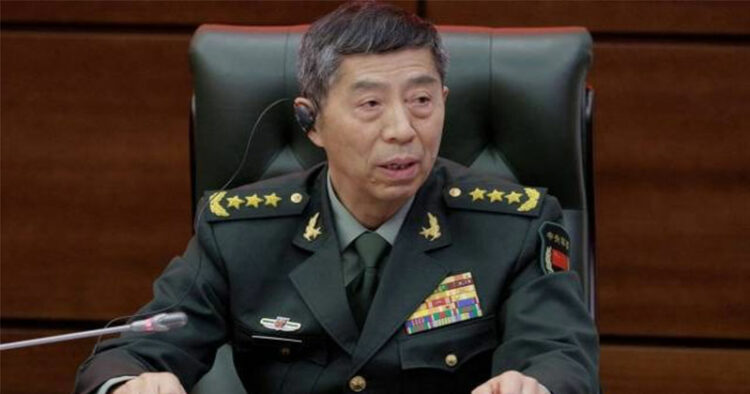The fresh round of military talks between India and China has failed to achieve any breakthrough as the Chinese army is said to have hardened its stand and continued to resist Delhi’s demand for disengagement from Depsang Plains, operationally critical for the Indian Army where the Chinese are entrenched 18 km inside India-claimed lines along the Line of Actual Control (LAC) in eastern Ladakh.
India and China held the 18th round of military talks on April 23, that continued till late at night to resolve the ongoing border standoff in Ladakh. Both sides exchanged “proposals and counter-proposals” during the 18th round of corps commander-level talks, which were held on the Chinese side of the Chushul-Moldo border meeting point.
There was, however, no indication of any forward movement in resolution of the friction points along the Line of Actual Control (LAC). The Indian delegation was led by 14 Corps Commander Lt Gen Rashim Bali; Shilpak Ambule, Joint Secretary (East Asia) in the Ministry of External Affairs, was a part of the meeting.
The fresh talks came after a gap of four months as the last dialogue happened in December 2022 to discuss outstanding issues along the border.
The 18th round of India-China military talks also set the stage for the likely meeting between Defence Minister Rajnath Singh and his Chinese counterpart Li Shangfu on the sidelines of the Shanghai Cooperation Organisation (SCO) Defence Ministers’ meeting on April 27- April 28 in India.
India pushed for troop disengagement at the strategically-located Depsang Bulge area and the Charding Ninglung Nallah (CNN) track junction at Demchok as the first step towards eventual de-escalation and de-induction of the over 50,000 troops each forward deployed with heavy weapon systems in eastern Ladakh, Times of India said citing sources. The two sides failed to reach a mutually-acceptable solution.
Thus, the border tension will enter its fourth year in May but problems at Depsang in Daulet Beg Oldi sector and Charding Nullah Junction (CNJ) in Demchok sector are still on the negotiating table.
In a statement issued on April 24, however, New Delhi said the two sides had a frank and in-depth discussion on the resolution of the relevant issues along the LAC in the western sector to restore peace and tranquility in the border areas, which will enable progress in bilateral relations.
“In line with the guidance provided by the State leaders and further to the meeting between the two foreign ministers in March 2023, they had an exchange of views in an open and candid manner,” the statement said.
The two sides agreed to maintain security and stability on the ground in the Western Sector. They agreed to stay in close contact and maintain dialogue through military and diplomatic channels and work out a mutually acceptable resolution of the remaining issues at the earliest, the statement said.
The statement, however, was silent on the restoration of the status quo as it was in April 2020 before the Chinese intrusion.
Government sources said while legacy issues along the LAC such as Depsang Plains and Demchok will be discussed in subsequent meetings and at the political level, discussions were primarily on confidence-building measures and avoiding confrontation at the borders in the coming months.
Aside from the high-level military talks, there would be regular interactions between battalion and brigade commanders of both sides as well.
So far, there has been “partial” Chinese disengagement from the Galwan Valley, Pangong Lake, Hot Springs and Gogra but at the price of Indian troops retreating inside Indian territory by an equal distance to create demilitarised “buffer zones”.
Despite four rounds of disengagement from Galwan Valley, Pangong Tso, Gogra (PP-17A) and Hot Springs (PP-15), the Indian and Chinese armies still have more than 60,000 troops each and advanced weaponry deployed in Ladakh.
The Chinese are remaining within India-claimed lines at these places while the Centre faces accusations of capitulating and handing the Chinese more territory on a platter.
India and China, locked in a border standoff since 2020 failed to restore the status quo or any substantial development on the bilateral border tensions. The issue faced along the LAC is in a limbo.



















Comments